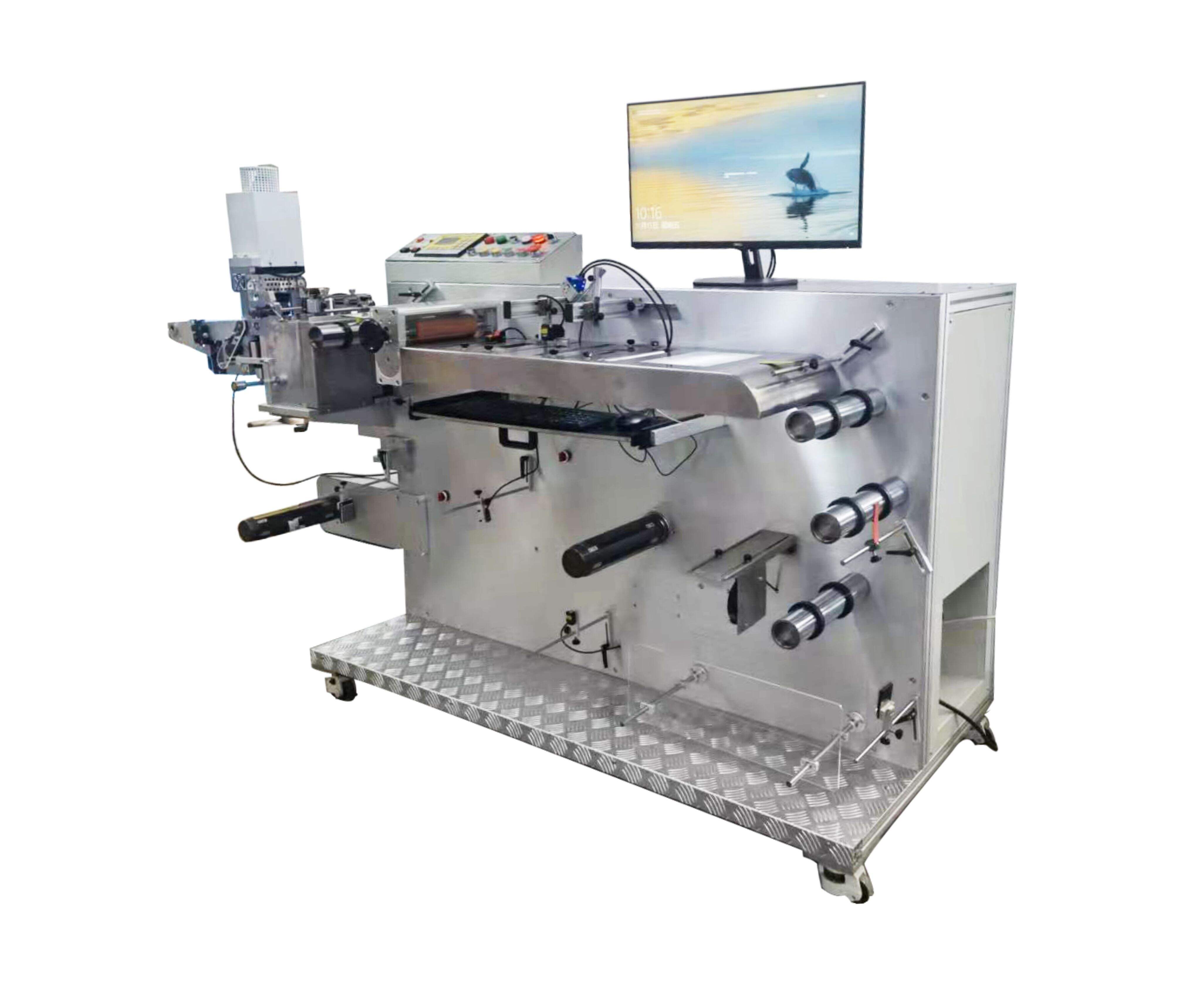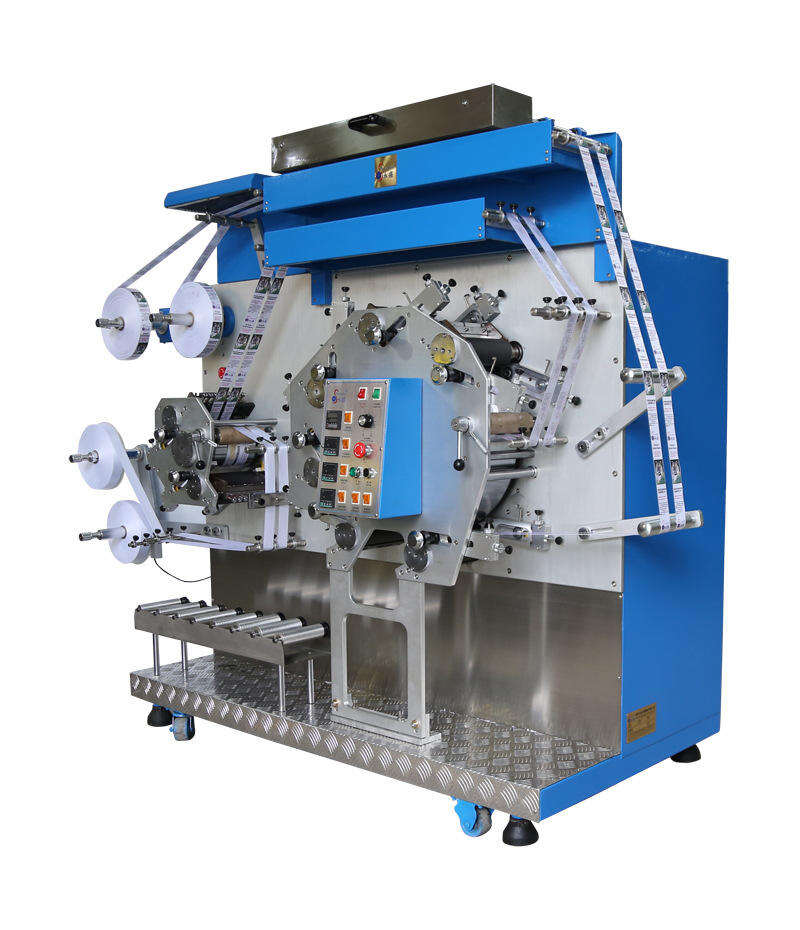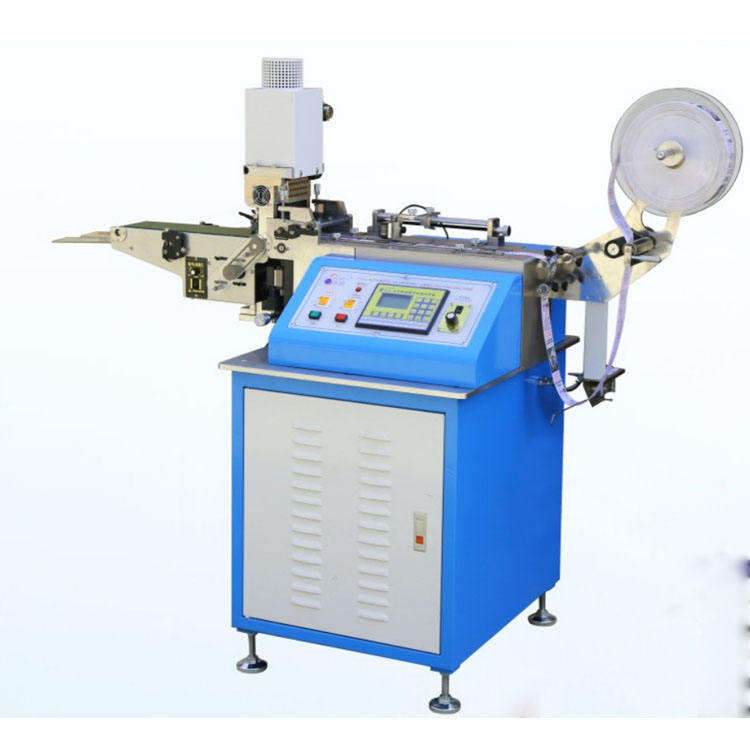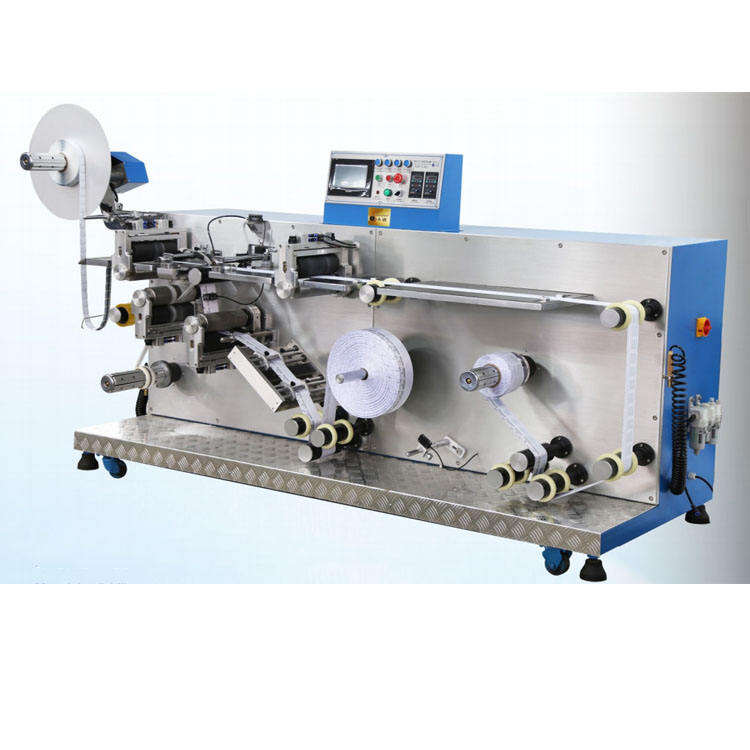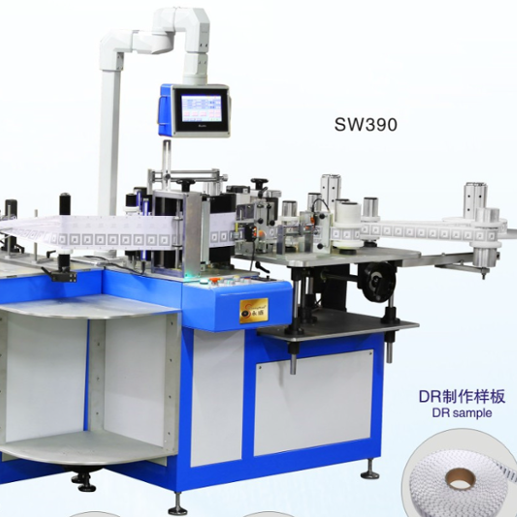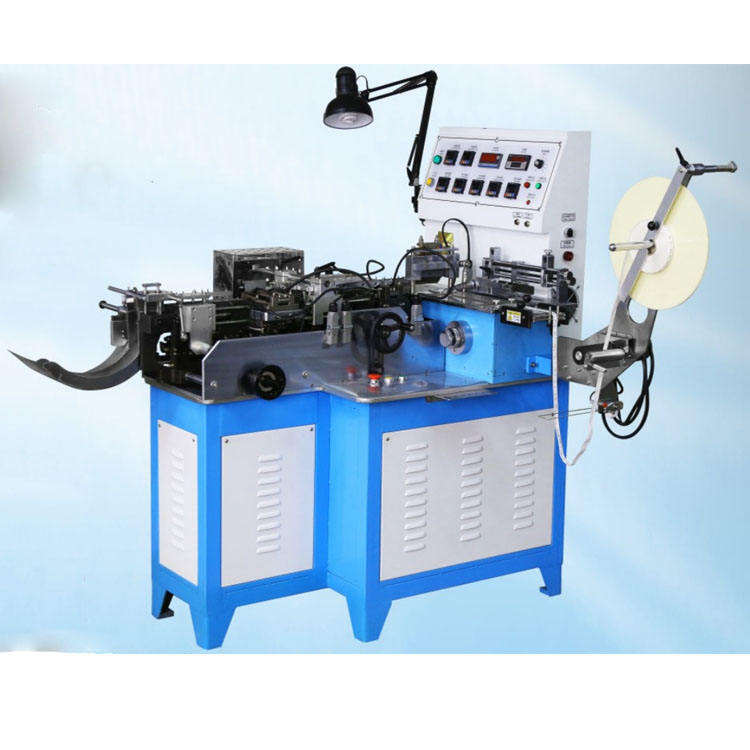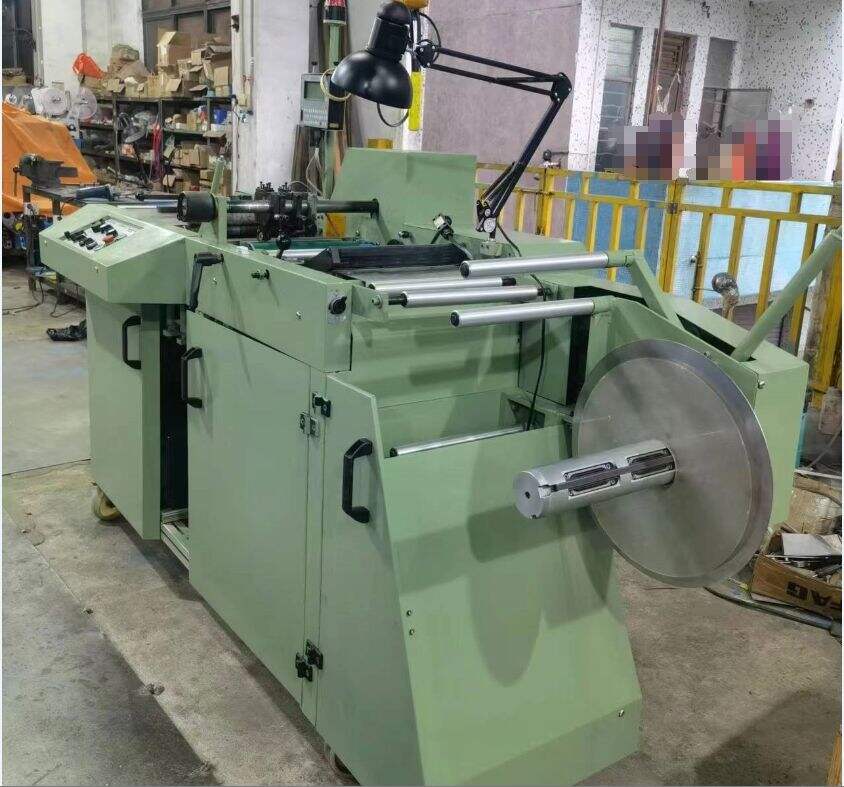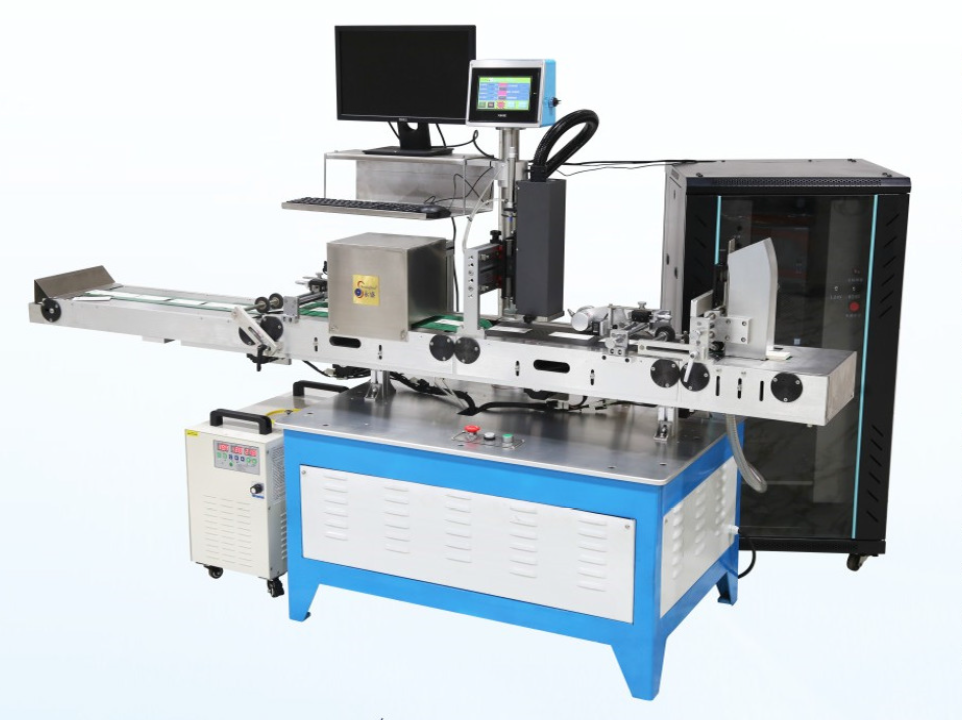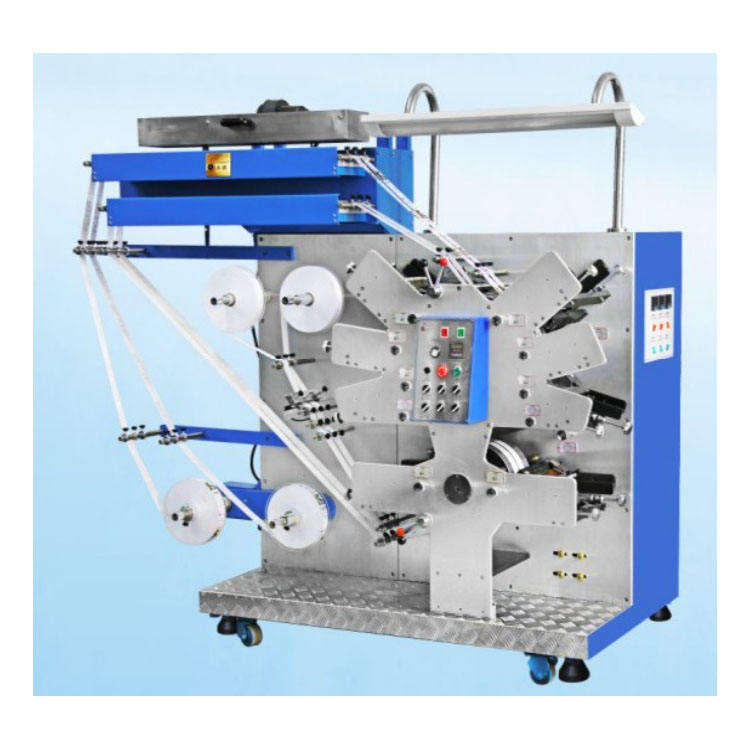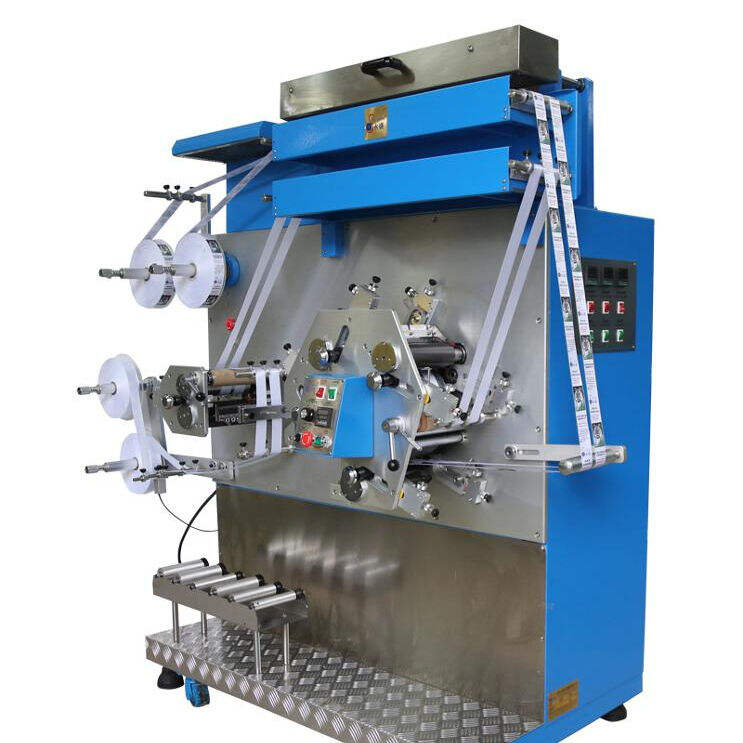Label Folding Machine: Streamlining the Final Step in Label Production Workflows
The Importance of Efficiency in Label Finishing
The Role of Finishing in Label Production
Finishing processes like lamination, coating, and die-cutting play a crucial role in enhancing the visual appeal and durability of labels. These processes not only contribute to the aesthetics but also ensure labels can withstand various environmental conditions, making them suitable for sectors like retail, logistics, and pharmaceuticals. It's worth noting that up to 60% of label production time is dedicated to finishing processes, underscoring their significance. By investing time in post-print processes, manufacturers can assure that their labels meet diverse application needs efficiently.
Bottlenecks in Traditional Label Finishing
Traditional label finishing methods often involve manual handling, which leads to inefficiencies and delays in the production process. These bottlenecks can be attributed to aspects like slow drying times and the requirement for multiple passes through different machines. Moreover, manual handling introduces quality control issues, with scrap rates averaging about 12% in some production environments due to inconsistencies. Addressing these challenges is essential for streamlining production and reducing wastage in label finishing.
How Automation Transforms Final Workflow Stages
Automation in label finishing presents a transformative approach by enabling seamless transitions between printing and finishing stages. Industry reports suggest that the implementation of automated systems can reduce finishing time by as much as 30%, thereby enhancing overall production efficiency. Additionally, automation facilitates real-time monitoring and adjustments, which are critical for maintaining quality standards throughout the process. By integrating automated solutions, label producers can significantly optimize workflow, minimize errors, and boost productivity.
What Is a Label Folding Machine?
Core Components and Operational Mechanisms
Label folding machines are pivotal in label finishing due to their intricate components and operational mechanisms. These machines typically consist of feeders, folding blades, and delivery systems that synchronize to achieve precise label folds. Understanding these mechanics is crucial for ensuring operational efficiency. For instance, folding blades are designed to create various fold types, enabling the production of labels suitable for different applications. Regular maintenance of these components is vital to prolong the machines' lifespans and maintain efficiency levels. Ensuring components run smoothly, without wear or misalignment, can prevent costly downtimes and improve productivity in the long run.
Types of Label Folding Techniques
There are several popular label folding techniques, each tailored to meet specific functional and aesthetic needs. Techniques such as accordion folds, roll folds, and gate folds offer unique benefits and influence the practical usability of folded labels, particularly in packaging contexts. Choosing the appropriate technique can greatly impact both the visual appeal and the functionality of the labels, thus optimizing the packaging process. Moreover, understanding vertical and horizontal folding techniques is imperative for aligning production demands with desired outcomes. These options enable manufacturers to customize output, ensuring that labels meet industry standards and consumer expectations.
Key Features for Streamlined Workflows
To achieve streamlined workflows, it is important to select machines equipped with adjustable settings for folds, allowing for the accommodation of diverse label sizes and materials. Advanced features like automated folding adjustments enhance integration with print outputs, helping to minimize manual interventions. This automation is particularly beneficial for reducing handovers and improving efficiency. Furthermore, ergonomic designs in machine layouts contribute significantly to safer and more effective operations. By facilitating ease of use and reducing operator fatigue, these designs ensure that manufacturers can maintain consistent production rates while safeguarding worker health.
How Folding Machines Enhance Production Speed
Automated Workflow Reduction of Manual Handling
Automated mechanisms in folding machines significantly reduce manual labor, thereby enhancing speed and reducing potential human errors. According to various studies, incorporating automated workflows has been shown to increase production output by up to 40% in label manufacturing settings. Moreover, automation creates a safer working environment by minimizing the need for repetitive manual tasks, which can cause stress and physical strain to workers.
High-Speed Folding Mechanisms for Volume Output
High-speed folding mechanisms are designed to manage thousands of labels per hour, substantially increasing the volume output. By integrating advanced technology such as servo motors, these machines ensure high speed and consistent folding operations. The effectiveness of these mechanisms is particularly vital for meeting tight deadlines in extensive production runs, especially during peak seasons when demand is at its highest.
Reducing Downtime with Quick-Change Tooling
Quick-change tooling systems in folding machines are essential for allowing rapid adjustments between different label jobs. Studies indicate that minimizing setup times through effective tooling can boost productivity by 20% or more. Flexible tooling options ensure that machines can adapt to various label sizes and styles, reducing downtime and enhancing the overall efficiency of production lines.
Precision and Consistency in Folded Labels
Advanced Registration Systems for Accurate Folds
Achieving precision in label folding requires sophisticated registration systems to ensure that folds are consistently accurate. Utilizing laser-guided systems can significantly improve the accuracy of each fold, reducing common misalignment errors by approximately 25%. These advanced systems leverage high-tech sensors that continuously track and adjust folds in real time, adhering strictly to quality standards. This technological enhancement promotes reliability in label production and maintains high standards demanded in the industry.
Minimizing Material Waste with Calibrated Adjustments
Incorporating calibrated adjustments is an effective strategy for minimizing material waste during label production. By investing in precision technology, waste rates can be minimized to as low as 5%, a substantial reduction that translates into cost efficiency. Applying precise metrics ensures that material usage is efficient, which is crucial for companies operating in cost-sensitive industries. Adopting sustainable production practices not only decreases costs but also aligns with growing environmental concerns.
Ensuring Uniformity Across Batch Productions
Uniformity in folded labels across batch productions is essential to maintain brand consistency and meet customer expectations. Implementing automated controls ensures that each label in a batch is folded to uniform specifications, enhancing the overall brand image through consistent presentation. This uniformity in the production process is vital for directly contributing to customer satisfaction and loyalty in a competitive marketplace. As a result, businesses can establish a reputation for quality and reliability that resonates with consumers.
Integration with Existing Label Printing Systems
Compatibility with Digital and Flexo Presses
Ensuring compatibility with both digital and flexographic printing presses is crucial for label folding machines to provide flexibility and adaptability in various production environments. This compatibility minimizes the need for additional investments in new equipment, which can significantly reduce operational costs. By supporting seamless transitions between printing and folding processes, businesses can boost overall productivity and maintain high-quality standards in label production.
Centralized Control for End-to-End Workflows
Centralized control systems in label folding technology enable comprehensive management of production workflows from the initial printing stage to final finishing. These systems integrate advanced software solutions that help track production metrics and manage workflow efficiency, ultimately enhancing communication between teams involved in the process. Such integration fosters collaboration and ensures that every phase of production is aligned, resulting in a streamlined workflow.
Real-Time Data Sharing for Process Optimization
Label folding machines that facilitate real-time data sharing bring about significant enhancements in process optimization. Real-time data accessibility improves decision-making capabilities, allowing for swift responses to any production challenges. This integration often leads to cost savings and better time management, driving continuous improvement initiatives that keep organizations competitive in the market. By leveraging production data, businesses can refine their processes and adapt to evolving industry demands effectively.
FAQ
What are the benefits of automating label finishing processes?
Automation in label finishing processes enhances efficiency by reducing finishing time by up to 30%, minimizing manual errors, and allowing real-time monitoring and adjustments.
How does a label folding machine work?
A label folding machine uses feeders, folding blades, and delivery systems synchronized to fold labels according to the desired specifications. Regular maintenance is crucial for optimal performance.
Why is minimizing material waste important in label production?
Minimizing material waste leads to cost efficiency and supports sustainable production practices, aligning with environmental concerns and reducing operational costs.
What role does compatibility play between label folding machines and printing presses?
Compatibility allows label folding machines to adapt to existing digital and flexographic press systems, enabling flexibility, reducing the need for new investments, and ensuring seamless transitions.
Recommended Products
Hot News
-
Reflect On The Cultural Significance Of The Printing Press In Preserving And Disseminating Knowledge
2023-12-08
-
The Role Of The Printing Press In The Global Economy
2023-12-08
-
Environmental Impact: Analyzing The Environmental Footprint Of The Printing Industry
2023-12-08
-
The Frontier Of Printing: 3d Printing And Its Industrial Renaissance
2023-12-08
-
The Evolution And Impact Of The Printing Press
2023-12-08
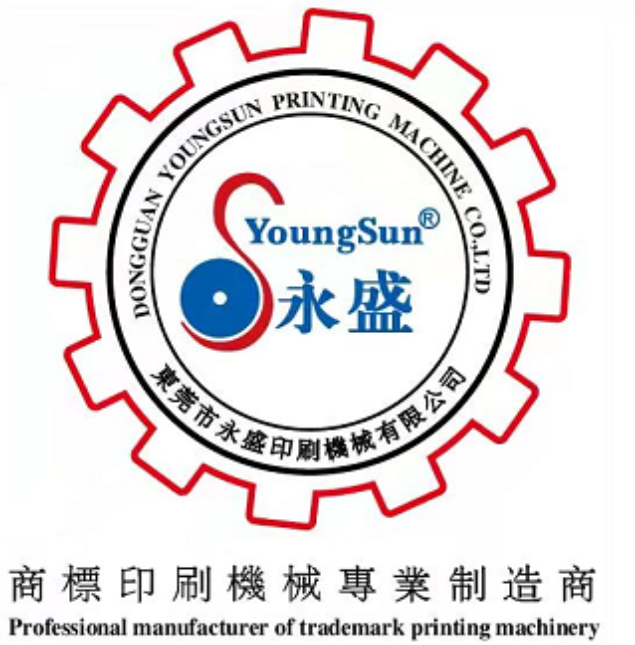
 EN
EN
 AR
AR
 CS
CS
 DA
DA
 NL
NL
 FI
FI
 FR
FR
 DE
DE
 EL
EL
 HI
HI
 IT
IT
 JA
JA
 KO
KO
 PL
PL
 PT
PT
 RO
RO
 RU
RU
 ES
ES
 SV
SV
 IW
IW
 ID
ID
 VI
VI
 SQ
SQ
 HU
HU
 MT
MT
 TH
TH
 TR
TR
 AF
AF
 GA
GA
 BN
BN
 BS
BS
 LO
LO
 LA
LA
 MI
MI
 MN
MN
 NE
NE
 MY
MY
 KK
KK
 UZ
UZ
 KY
KY
